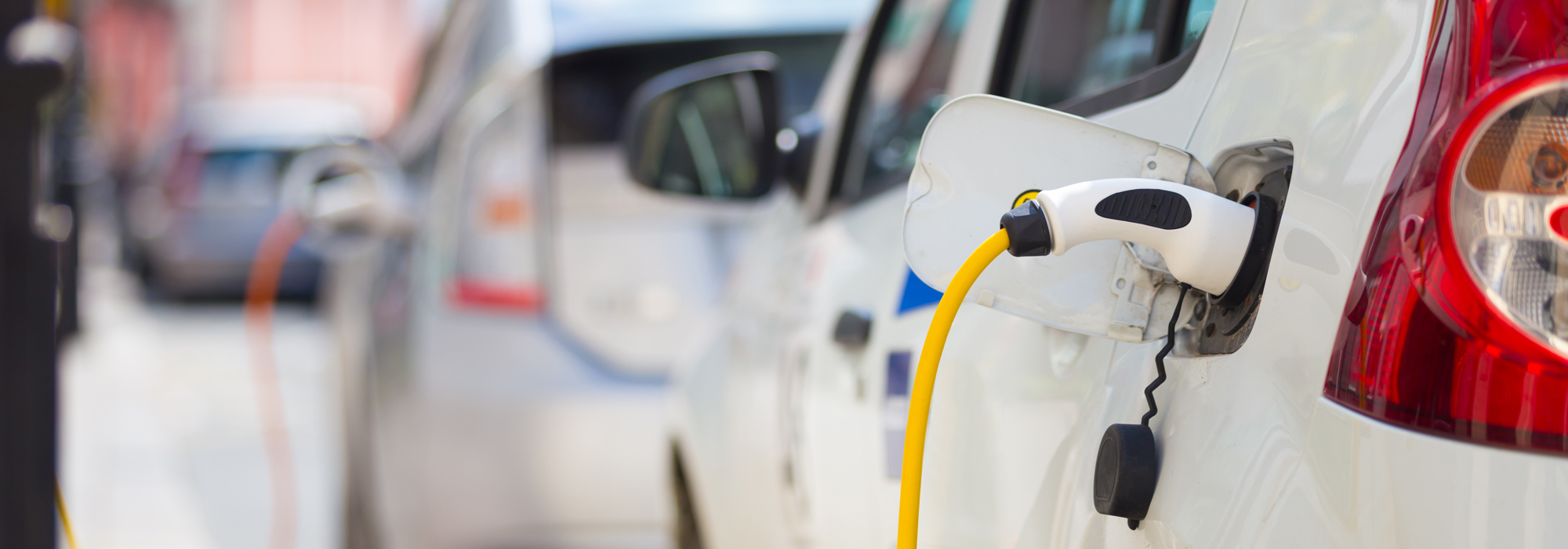
When the leaders of the United States, Mexico and Canada got together in Ottawa in June, it was Barack Obama’s speech to Parliament — and the running attire of the other two — that grabbed the headlines.
The leaders’ commitments on clean transportation generated far less attention. But over time, we may look back on the outcome from the Ottawa summit as the starting point for a new era in our continent’s energy production and, in turn, our automotive sector.
First, the context: all three North American leaders have made climate action a priority at home and abroad and, in light of the international climate agreement reached in Paris last year, it makes sense for them to work together on this crucial issue.
The three countries are also globally significant auto manufacturers; in fact, we have the world’s most integrated automotive supply chains.
We think the time is right to weave those two strands together and craft a bold new formal agreement: a North American electric auto pact. Clean cars plus clean power is quite simply a win for the Three Amigos.
Electric cars are poised for significant growth (admittedly coming from a fairly low baseline: they represent less than 1 percent of global light-duty vehicle sales today). The reason is the batteries that power them are becoming cheaper all the time, and more and more automakers are producing attractive electric vehicles, generating jobs and growth in the process.
For example, Chrysler confirmed in June that its plug-in Pacifica — the first electric minivan — will be built in Windsor, Ontario. It is estimated to produce 1,200 local jobs.
In all three North American countries, the transportation sector is the second-largest source of greenhouse gas pollution. Electric cars are a key part of the solution for the sector’s emissions.
Indeed, analysis of what it will take to make deep cuts in carbon pollution in Canada suggests that virtually the entire personal transportation sector will have to be powered by electricity by 2050. And the more clean power we generate, the greater the environmental benefits of driving electric vehicles.
That’s why the trilateral commitment to achieve 50 percent clean power across the continent by 2025 is a big deal. Across North America — and around the world — one of the most important ingredients for successful climate action is clean electricity. We simply won’t be able to avoid dangerous climate change — which all our countries have pledged to do — unless we switch over time to using clean power for activities like driving our cars and heating our homes.
We won’t be able to avoid dangerous climate change unless we switch over to clean power for driving our cars and heating our homes.
Of course, Canada has a huge head start: we have one of the cleanest grids in the world today, with nearly two-thirds of our power generated from renewable energy sources. Taken together with nuclear power, which is currently 17 percent of Canada’s supply mix, our electricity system is over 80 percent greenhouse-gas-emission free.
But clean energy is big business for our North American partners too. Last year, the US was the world’s second largest clean energy investor — after China — with over US$56 billion invested. And sunny Mexico saw its clean energy spending more than double in 2015. (While Canada’s clean energy investment ranked 8th in the world last year, it saw a 15 percent drop from 2014 to 2015 — a trend that puts us out of step with our North American neighbours.)
A big part of President Obama’s climate legacy will be the US Clean Power Plan, which will cut pollution from US coal plants — and, importantly, allows imports of new Canadian clean power to help states meet their targets. Meanwhile, Mexico is engaged in far-reaching energy sector reform.
All three leaders are taking essential steps to clean up their power supply and grow their clean energy potential. Marry that with an increased commitment to electric cars, and you’re on the way to continent-wide success in cutting emissions!
The Ottawa meeting saw North America’s leaders take the first steps toward a continental approach to electric vehicles. In their communiqué they made a trilateral commitment to invest in charging infrastructure for clean cars across the continent, a necessary step to give electric vehicle drivers confidence that they’ll find the power they need wherever their routes take them.
The three governments also committed to including a growing percentage of clean vehicles in their fleets and coordinating on standards and regulations. Perhaps most importantly, they’ve promised to keep the conversation going. Their agreement included a plan to bring together the continent’s auto industry leaders by next spring to discuss “a shared vision for a competitive and clean North American automotive sector.”
With political commitment, this kind of cooperation could become the foundation for a clean auto pact. The original Canada-US auto pact, reached in 1965, helped build a strong and smart vehicle-manufacturing sector in Canada, one that takes advantage of the massive market next door. Incorporating electric vehicles and infrastructure is the logical next step.
It is time Canada, the US and Mexico teamed up to roll a trilateral electric vehicle pact off the assembly line, and help ensure a cleaner and more prosperous future for all our citizens.
Photo: Matej Kastelic/Shutterstock.com
Do you have something to say about the article you just read? Be part of the Policy Options discussion, and send in your own submission. Here is a link on how to do it. | Souhaitez-vous réagir à cet article ? Joignez-vous aux débats d’Options politiques et soumettez-nous votre texte en suivant ces directives.







